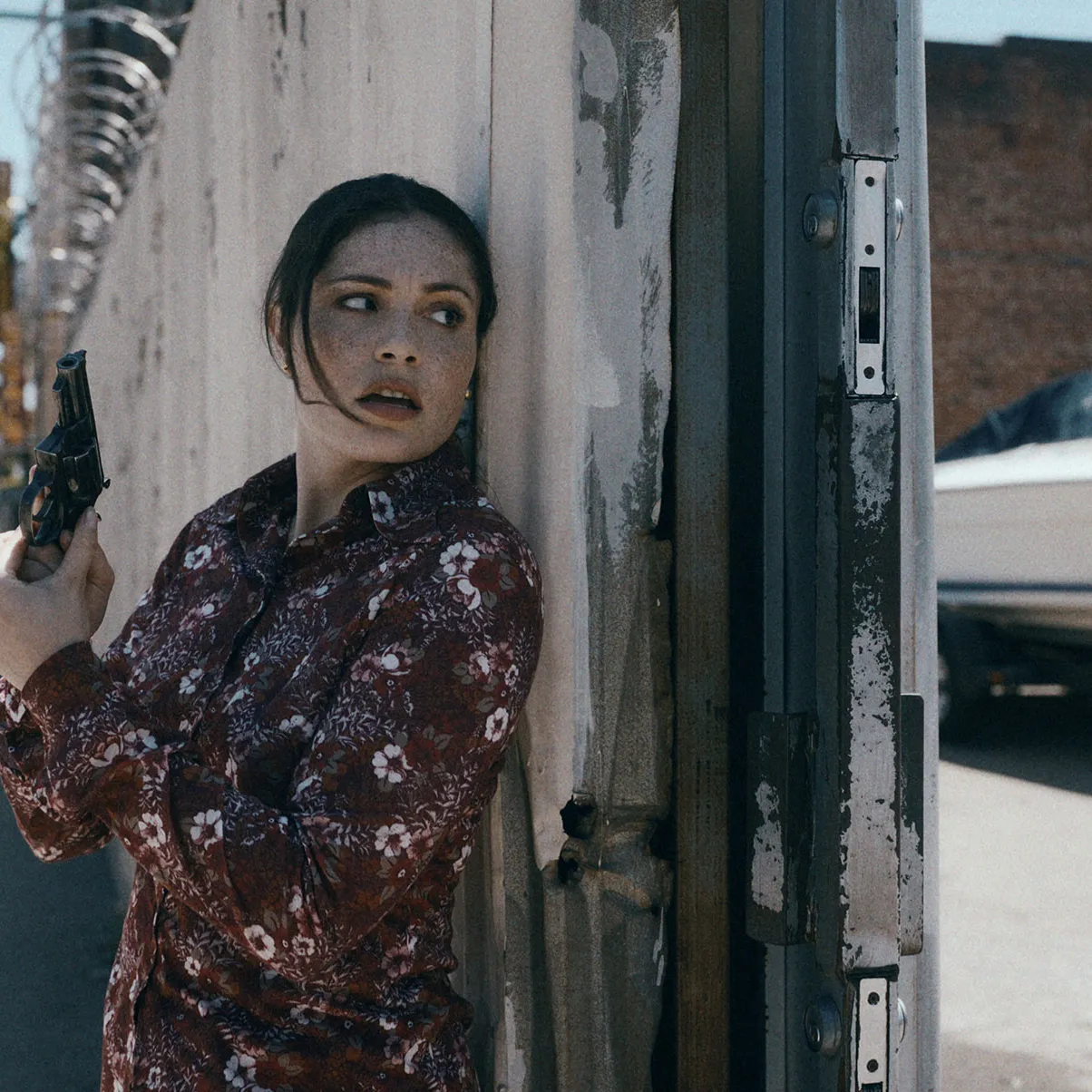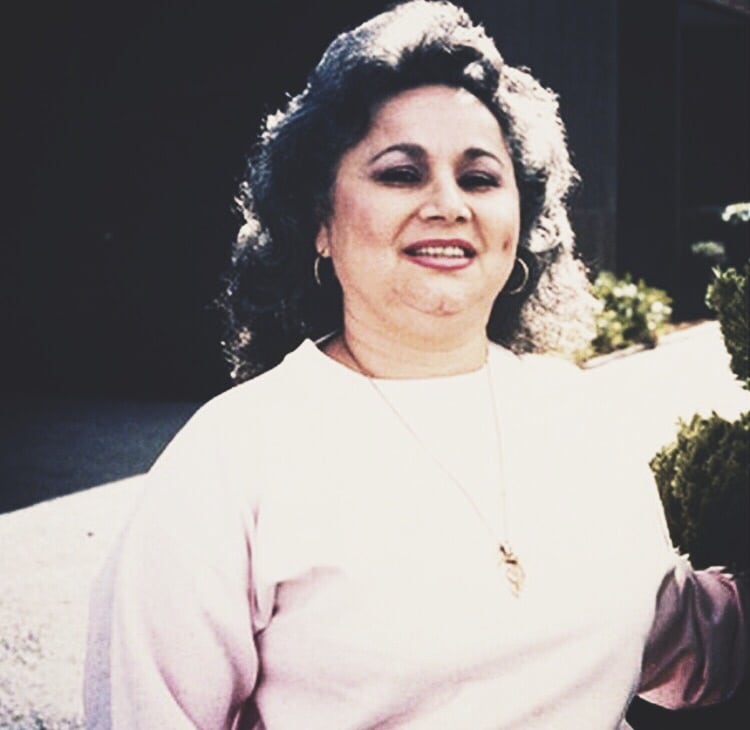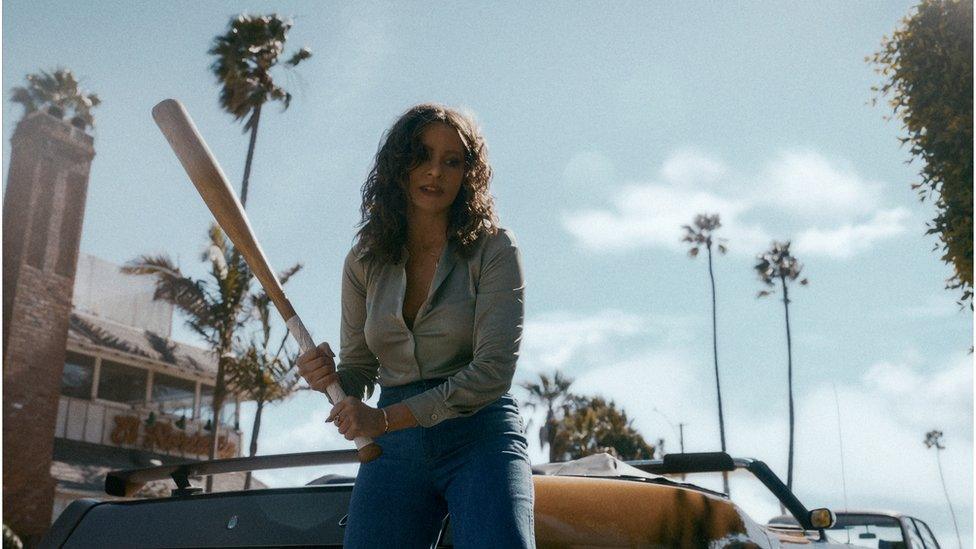Griselda Blanco Young Photos offer a rare glimpse into the early life of one of the most infamous drug lords in history.
Before she became known as the “Black Widow” or “The Godmother of Cocaine,” Blanco was just a young girl growing up in the slums of Medellín, Colombia.
Her childhood was marked by poverty, crime, and survival, shaping her into the ruthless figure she would later become.
These early photos of Blanco reveal a different side of her—one before the power, the money, and the violence.
Some images depict her as a rebellious teenager, already involved in petty crimes. Others show her during her rise in the 1970s and 1980s, when she was laying the foundation of her drug empire.
Unlike the polished images of crime bosses we see today, these rare photos capture the raw and unfiltered reality of her younger years.
Blanco’s early life set the stage for her eventual dominance in the cocaine trade, particularly during the Miami Drug Wars.
Her transformation from a troubled youth to a feared cartel leader remains one of the most fascinating and chilling stories in criminal history.
Early Life of Griselda Blanco


Griselda Blanco was born on February 15, 1943, in Cartagena, Colombia, and raised in the crime-ridden streets of Medellín.
From a young age, she was exposed to violence, poverty, and crime, which heavily influenced her path in life.
Her mother, Ana Blanco, was reportedly abusive, and their home environment was filled with instability.
By the age of 11, Blanco was already involved in criminal activities, including pickpocketing and street hustling.
One of the most infamous stories from her childhood claims that she kidnapped a young boy from a wealthy family and later shot him when his family refused to pay the ransom.
Whether true or exaggerated, this tale reflects the cold and ruthless reputation she would later earn in the drug trade.
In her teenage years, Blanco became involved in prostitution, theft, and fraud, further immersing herself in the underworld of Medellín.
By the time she reached her early twenties, she had married Carlos Trujillo, a forger and small-time criminal, marking the beginning of her connections to the drug trade.
Her early life set the stage for what would become one of the most notorious criminal careers in history, earning her the title of “The Godmother of Cocaine.”
Rare & Unseen Photos of Young Griselda Blanco
Griselda Blanco’s early years remain shrouded in mystery, but rare and unseen photos from her youth offer a fascinating look at the woman who would later become the “Godmother of Cocaine.”
These images, taken before her rise to power in the Medellín Cartel, showcase a side of Blanco that few have seen.
Some of the earliest photos capture her life in Colombia, where she grew up in the slums of Medellín, surrounded by crime and violence.
These images reveal a young, determined girl who would soon carve her own path in the criminal underworld.
Other photos from the 1970s and 1980s show her during her early days in Miami, where she built a billion-dollar empire and controlled the flow of cocaine into the U.S.
Unlike the more famous mugshots and court photos that surfaced later in her life, these rare images provide a glimpse into her transformation—from a struggling youth to one of the most feared cartel leaders in history.
For those fascinated by true crime, these unseen photos serve as a chilling reminder of how Griselda Blanco’s dark legacy began.
Griselda Blanco’s Rise in the Criminal Underworld


Griselda Blanco’s journey from a poor girl in Medellín, Colombia, to one of the most feared drug lords in history was marked by violence, cunning, and ambition.
In the 1970s, she moved to the United States, first settling in New York, where she became involved in drug trafficking through forged passports and hidden smuggling routes.
Her early operations caught the attention of law enforcement, forcing her to flee back to Colombia before resurfacing in Miami in the late 1970s.
It was in Miami that Blanco established her reputation as “The Black Widow”, orchestrating brutal assassinations to eliminate rivals and expand her empire.
She played a major role in the Miami Drug Wars, flooding the city with Colombian cocaine and creating one of the most violent eras in U.S. crime history.
Her innovative smuggling techniques—such as hiding drugs in custom-made lingerie—helped her build a billion-dollar operation.
By the 1980s, Blanco controlled a massive cocaine network and had a reputation for ruthlessness, reportedly ordering the deaths of over 200 people, including cartel rivals and even close associates.
However, her violent reign eventually caught up with her, leading to her arrest in 1985. Despite her downfall, Blanco’s influence on the modern drug trade remains undeniable.
The Transformation – From Young Rebel to Drug Queen


Griselda Blanco’s journey from a troubled young girl in Medellín to the feared “Godmother of Cocaine” is a story of power, crime, and ambition.
Born into poverty, she was exposed to violence and crime from an early age, learning to survive on the dangerous streets of Colombia.
Her rebellious nature led her to petty theft, scams, and even alleged kidnappings before she turned to the drug trade.
By the time she moved to the United States in the 1970s, Blanco had already built connections in the Medellín Cartel.
Her intelligence and brutality helped her rise through the ranks, making her one of the first women to control a major drug empire.
Unlike other traffickers of her time, she combined business strategy with extreme violence, eliminating rivals without hesitation.
As her power grew, so did her reputation. She pioneered cocaine smuggling techniques, dominated the Miami drug scene, and allegedly ordered hundreds of assassinations.
Her transformation from a young rebel to a feared drug queen reshaped the global cocaine trade, leaving behind a legacy of crime and chaos that still fascinates true crime enthusiasts today.
Griselda Blanco in the 1970s – Miami’s Cocaine Era
The 1970s marked the height of Miami’s cocaine trade, and no one played a bigger role in its explosion than Griselda Blanco.
After fleeing Colombia and briefly operating in New York, she settled in Miami, where she built a drug empire that revolutionized the cocaine industry in the United States.
Blanco introduced brutal enforcement tactics and innovative smuggling techniques, such as hiding cocaine in custom-made lingerie, allowing her to flood Miami with tons of Colombian cocaine.
Her fearless and ruthless approach earned her the nickname “The Black Widow”, as she ordered the killings of countless rivals and even former lovers who she saw as threats.
During this era, Miami became a war zone, with shootouts, assassinations, and cartel violence dominating the streets.
Blanco’s control over the cocaine trade made her one of the most powerful figures in the drug world, reportedly earning millions of dollars per week.
She was a key player in the Medellín Cartel’s expansion into the U.S., laying the groundwork for future drug kingpins.
By the late 1970s, Blanco had established herself as the queen of Miami’s drug underworld, but her reign came at a high cost, as law enforcement began closing in on her operations.
Young Griselda Blanco’s Life in Colombia
Before becoming the Queen of Cocaine, Griselda Blanco grew up in the poverty-stricken neighborhoods of Medellín, Colombia.
Born in 1943, she was raised in an environment filled with crime, violence, and hardship. From a young age, she was exposed to the harsh realities of street life, which shaped her ruthless personality and survival instincts.
As a teenager, Blanco was already involved in petty crimes, pickpocketing, and scams.
Some reports even suggest that by the age of 11, she had participated in a kidnapping gone wrong, allegedly killing a child of a wealthy family. Whether myth or truth, this story added to the legend of her early criminal tendencies.
In her late teens, Blanco became romantically involved with small-time criminals, further immersing herself in the underworld.
Her first marriage, to Carlos Trujillo, introduced her to the world of forgery and drug smuggling.
By the late 1960s, she was forging documents and smuggling goods, setting the stage for her future role in the international cocaine trade.
Her time in Colombia hardened her into the fearless and brutal woman who would later dominate the Miami drug scene.
With a sharp mind and a willingness to kill, she was destined for a life far beyond the streets of Medellín.
Final Thoughts – The Legacy of Griselda Blanco
Griselda Blanco’s legacy is one of power, crime, and violence, leaving a lasting impact on the global drug trade.
As one of the first female drug lords, she shattered expectations in a male-dominated underworld, proving that ruthlessness and ambition could elevate her to the top.
Her reign in the 1970s and 1980s transformed Miami into the epicenter of the cocaine trade, setting the stage for future cartels and kingpins.
Blanco’s brutal enforcement tactics and innovative smuggling methods laid the foundation for the modern drug trafficking industry.
Despite her eventual arrest and imprisonment, her influence did not fade, as cartel leaders adopted her strategies and expanded the trade she helped build.
However, her violent methods and lack of trust in allies ultimately led to her downfall. After serving time in prison, she was deported to Colombia, where she was assassinated in 2012, marking the end of an era.
While some view her as a criminal mastermind, others see her as a symbol of greed and destruction.
Regardless of perspective, Griselda Blanco remains one of the most infamous figures in drug cartel history, and her story continues to fascinate and inspire movies, documentaries, and books to this day.


